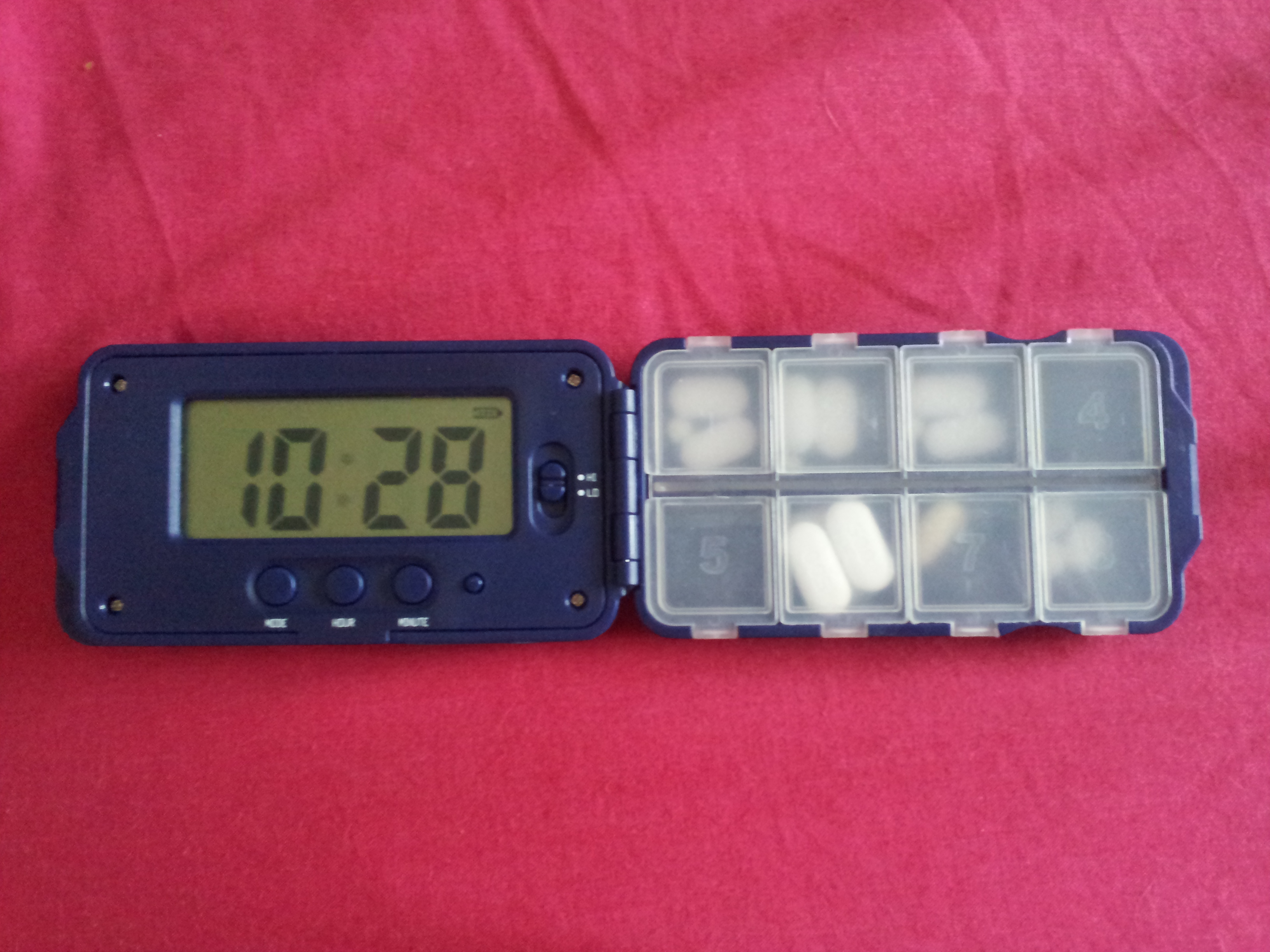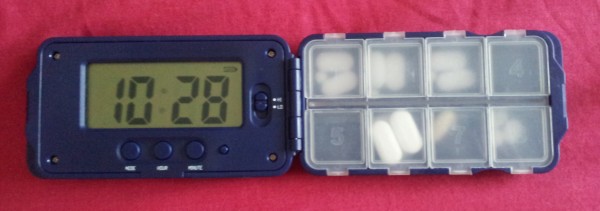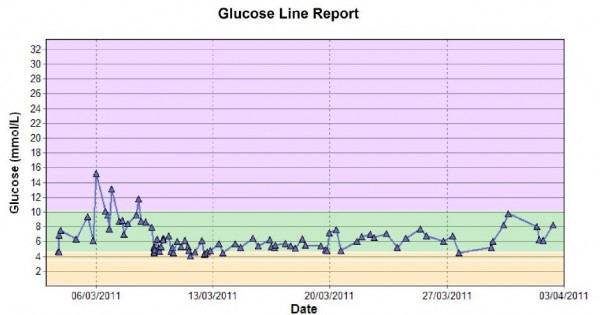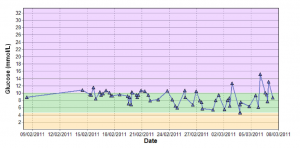 I have been using this pill tray for a few weeks courtesy of Eleanor Independent Living Aids. The concept is simple but incredibly useful - it combines a pill tray and alarm clock in one.
I have been using this pill tray for a few weeks courtesy of Eleanor Independent Living Aids. The concept is simple but incredibly useful - it combines a pill tray and alarm clock in one.
The Super 8 is a blue rectangular box made of two halves folded together in a clamshell format a bit like an older folding mobile phone. From the outside there isn’t much to see apart from a battery compartment on one edge and a red LED light on the front. The Tabtime is easy to open: the right edge has tabs with cutaway parts to allow easy opening with less-than functional fingers and the magnet which holds secures the Tabtime has just enough force to keep it shut but opens easily with minimal pressure.
The Tabtime opens to reveal a pill tray on the right with eight compartments and a large clock on the left. The pill compartments are again easy to open, with a tab protruding from the edge of the lid which can be lifted easily. For the most part the lids are secure, although I did find some becoming loose when opening the opposite compartment. This isn’t a problem when the device is closed as the compartments are kept shut by the folding of the two halves. I found the compartments are about the same size as my seven-day pill tray with enough room to hold quite a few tablets, or four of my huge Metformin tablets.
Turning to the clock then, it has a nice large display which shows the the current time, and it has several buttons for setting the timers and a volume switch with options for Hi and Lo. Personally I have the volume always set to high as I have found that the low setting is not audible from the next room, or when the Tabtime is kept in a bag while outside. The high volume setting is loud enough most of the time but could do with being a little bit louder.
The Tabtime very usefully has a timer for every pill tray, eight in all. Used in this manner it is possible to have an alarm go off at the same time every day for each set of pills. On opening the Tabtime up after an alarm has sounded the screen shows a number along the top edge to indicate which alarm sounded and which compartment to take pills from.
If like me you don’t always take pills at specific times, painkillers, for example, there is also a countdown timer which I keep set to four hours. After taking my painkillers I can bring up the countdown timer on the screen - an action which unfortunately requires nine presses of the Mode button to cycle through the eight alarms - and press the Minute button to start the countdown to my next dose. Used in this way it does not give the benefit of indicating which pills to take, but that isn’t a problem if working through the compartments in numerical order. The red light on the front of the Tabtime is very useful since it starts to flash when an alarm sounds and it will keep flashing until the Tabtime is opened, even if the alarm sound stops. That makes it easy for me to know when I can take painkillers by looking for the red light even if I miss the alarm.
Of course eight compartments isn’t enough to replace my seven day pill tray. I tend to use my larger tray as usual, but keep painkillers in the Tabtime where I can make use of the alarm. When I go out I can fit my painkillers and all the other pills that I need for a day in the Tabtime and keep it in my bag.
The Tabtime isn’t perfect. It could do with a louder alarm, and perhaps an extra button to access the countdown timer in a less tedious way but it is very useful as a reminder while at home and for carrying pills when I am out. It serves its purpose very well and if you have to take a lot of pills then I can thoroughly recommend that you get one.
You can obtain a Tabtime Super 8 from Eleanor Independent Living Aids for £20 including postage.






